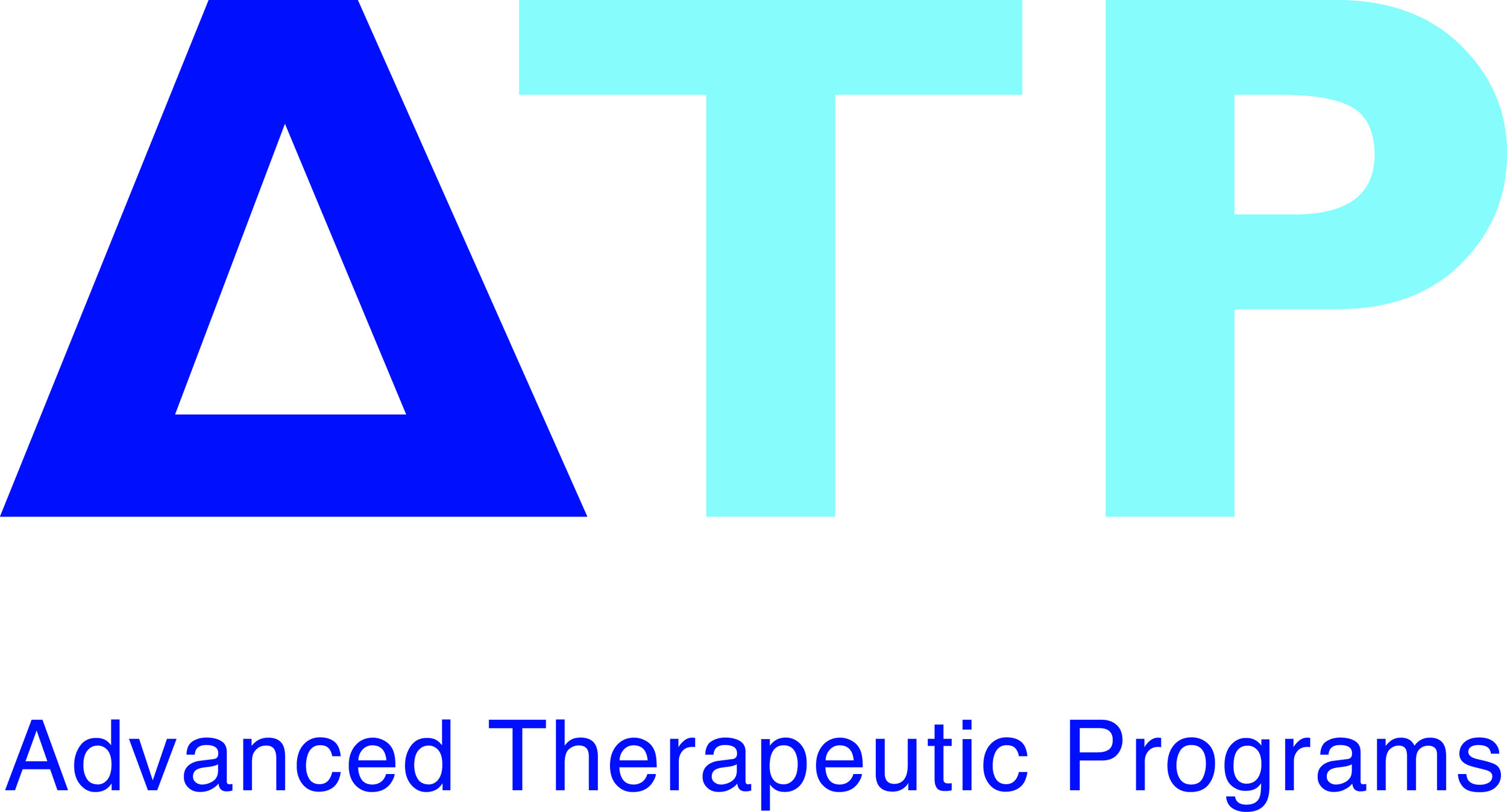Movement Assessment & Palpation Course
MAP Course
Assessment is critical in directing treatment approaches for effective and efficient results. As we become more and more aware that Function is key, assessing functional capacity becomes critical, in particular since most of the assessment strategies taught to us is from a mechanistic, structure based approach.
The Movement Assessment & Palpation (MAP) course is designed to enhance your abilities to assess movement dysfunction and loss of functional capacity in order to guide treatment.
Assessment, from a conventional model, approaches assessment from a finite box of tests per pathology. Sadly, this approach falls short in providing a clear picture of the manifestation of the pain problem. No orthopaedic test provides 100% specificity or sensitivity, nothing in our body can function in an isolated way to allow tests such as Speed's or Empty can to provide true clarity in the pathophysiology of an injury.
The MAP course provides you with a set of principles to guide your assessment in discovering movement dysfunction by distinguishing aberrant fascial tension, loss of motor control and recruitment as well as neural dysfunction, all in an effort to provide a clear map of where to target treatment.
The MAP course will guide you through:
• Integrated movement analysis (Gait, Squat, Pushup, Scapulo-humeral motion)
• Neuromuscular testing & motor patterning testing
• Joint by joint functional capacity (in particular accessory motions)
• Palpation of peripheral nerve branches and their importance
• Palpation of abnormal fascial tension
• Sensory nerve distribution and how it contributes to pain presentation
• Differentials for different pain presentations
• Freshly embalmed cadaver videos to allow for improved learning
Palpation
The art of palpation can provide fine details of dysfunction in the body. While in the course, you will learn to develop highly specific palpation skills of the accessible peripheral nerves. This will include a thorough understanding of why it is important to be able to palpate and assess the functioning of the peripheral nerves and their contribution to movement dysfunction and pain problems. As well, specific palpation strategies will be taught to allow you the ability to decipher minute changes in fascial tension and their contribution to movement dysfunction.
Neuromuscular Testing
It has been shown that neuro-motor deficits present themselves before the development of most injuries. The ability to assess neuro-motor function thus becomes critical to appreciate and decipher where the body has developed compensatory changes that will contribute to loss of movement capacity and eventually injury. Considerable time will be devoted to develop the skill of neuro-motor testing and how to appreciate different outcomes as well as recognizing motor patterning that may be contributing to the development of the various movement deficits.
Integrated Movement Assessments
Developing the eye to pick up lost movement capacity during motion can be as valuable as any hands on assessments. There is no subsitute to seeing where the body has lost its movement capacity than in motion. The body has been designed for movement, and during movement is one of the best ways to see where deficiencies have developed. In the MAP course you will begin to develop proficiency in seeing where loss of function exists during various integrated movement assessments.
WHAT'S INCLUDED
All course material, lecture slides and a collection of research papers to guide your learning after the course
CANCELLATION POLICY
** Cancellations 14 days or earlier of the course date registered for, NO refund will be provided. However, withdrawal from a course you have registered for greater than 14 days of the course start date a refund will be given minus $100 processing fee.
“Dr. Zaerian’s knowledge of the subject matter is exceptional, and his ability to communicate and effectively demonstrate makes for an amazing learning experience”
“Great seminar! Changed my perspective on manual assessment and how to approach dysfunctions”

